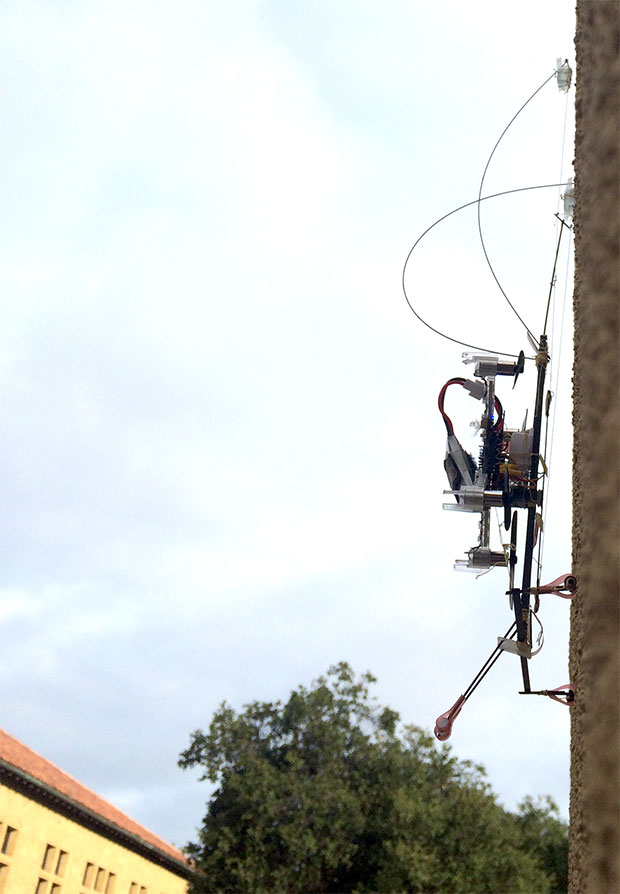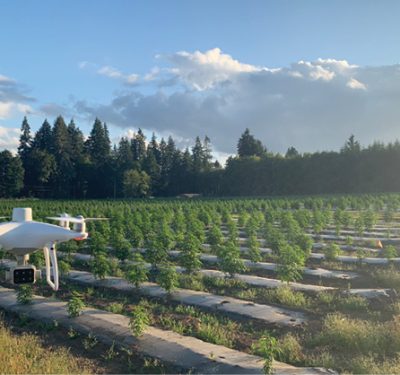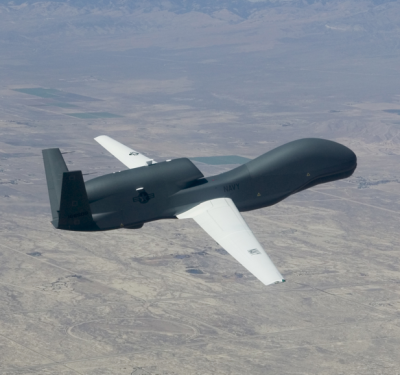Automaton Robotics Drones SCAMP climbing the Stanford University clock tower. Morgan Pope is a Ph.D student investigating robots that live at the boundary of airborne and surface locomotion at Stanford’s Biomimetics and Dextrous Manipulation Lab. He’s the lead author on a paper about SCAMP that is in review for IEEE Transactions on Robotics, and enjoys reading, Star Wars, and trying to keep up with his three small children. What goes up must come down—unless it can perch on something first. Quadrotors have limited endurance because of restrictions on battery capacity and the physics of small-scale flight, but perching can allow them to operate for hours or even days, gathering data or performing communication tasks while stationary. Perching can be tricky, because the odds of your drone landing in just the right place are low. Adding the ability to climb allows your drone to reposition itself more accurately, with the added bonus that it works if it’s too windy for flight. At Stanford’s Biomimetics and Dexterous Manipulation Lab , we saw a chance to combine our experience in perching and climbing with a new robot capable of multi-modal operation in unstructured outdoor environments. The result was the Stanford Climbing and […]







